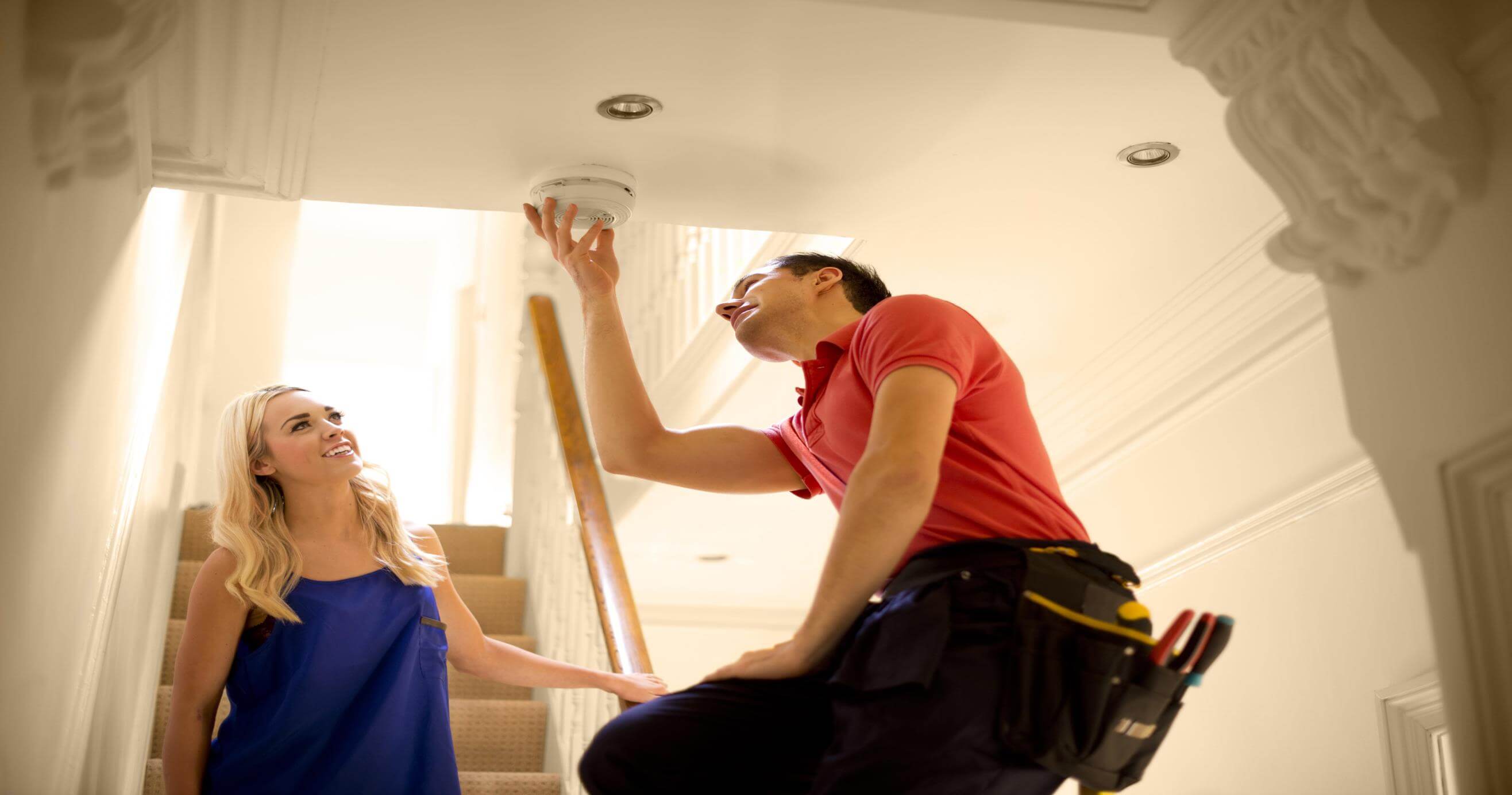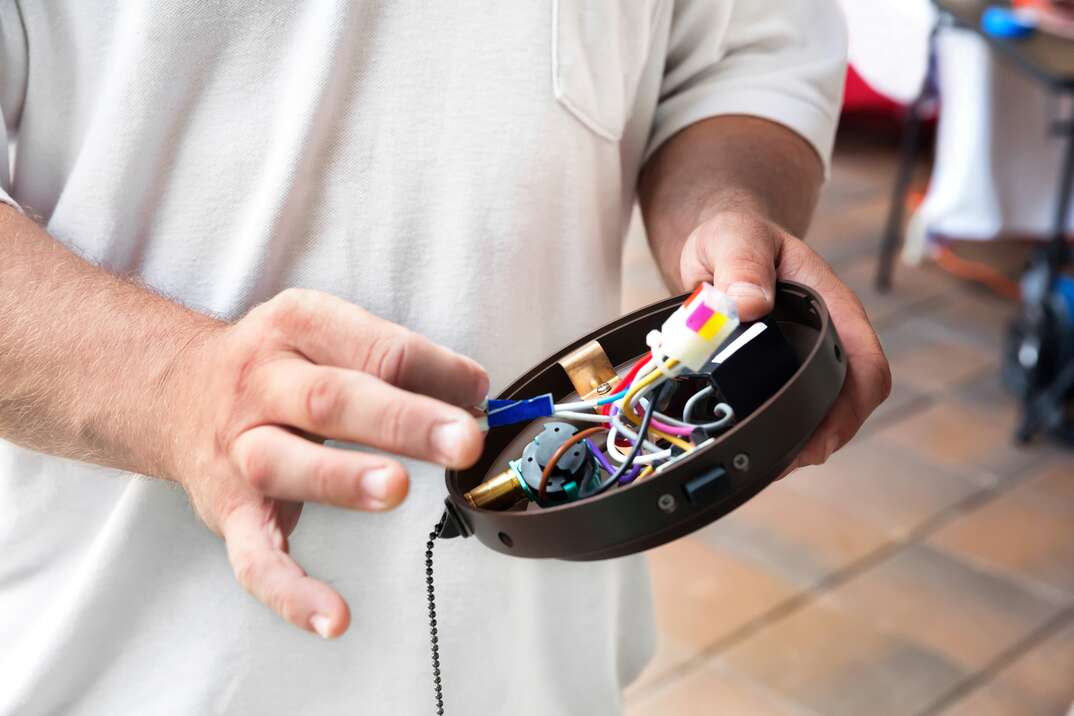Learn how to install a Smoke Detector safely

Does your family know what to do in the event of a fire? Smoke detectors are the first step in preparing for the worst, serving as precautionary tools that alert homeowners to danger and create a safer living environment.
Brush up on electrical DIY safety, and then follow these steps for safe and easy smoke detector installation:
1. Choose a safe location
Keep local codes and safety requirements in mind when installing new smoke detectors. You should have one in every bedroom, plus another in a central location in the main areas of each level of your home. You can purchase smoke alarms designed for each location.
Mount each smoke detector on the ceiling or high on the wall. The National Fire Protection Association recommended placing wall-mounted alarms no more than 12 inches away from the ceiling. Plus, smoke detectors in the kitchen should be at least 10 feet away from a cooking appliance that can easily set off the detector with normal use. Potential drafts from windows, doors and ducts can also affect smoke detector operation, so avoid installing them too close to these areas.
2. Screw in the mounting base
If you purchased a battery-powered smoke detector, there should be a detachable mounting base. Use a drill to create the appropriate holes, and then use a hammer to insert the screw anchors. Next, line up the mounting base, and tighten the screws.
3. Attach the smoke detector to the base
Insert the batteries into the smoke detector, and then attach it to the mounting base by twisting it into place.
Keep in mind that hard-wired smoke alarms connect directly to your electrical system and will require additional steps specified in the manufacturer's instructions. Wires can be tricky for most homeowners to work with, so don't hesitate to call an electrician to install the detectors.
4. Test the smoke detector
Reference the manufacturer's instructions to determine how to the test the unit. Most have a test button. When pressed, you should immediately hear the alarm sound. If not, try a new set of batteries.
5. Keep up smoke detector maintenance
To keep appliances running smoothly and outlets operating safely, make sure proper electrical maintenance is on your to-do list. As far as smoke detectors go, test the units once a month to confirm they're still working properly in case of a future emergency. Smoke detectors make beeping noises when the batteries are running low, but it's still a good idea to replace them twice a year, according to the Home Depot. While you're there, give the unit a quick wipe down to remove dust build-up. Check the unit for an expiration date, and replace it immediately once that day comes.
While installations like these are easy for homeowners to handle on their own, some electrical issues and projects require the expertise of a licensed electrician. Being prepared for electrical system problems or breakdowns is a good idea. Plans from HomeServe can help with the costs of covered repairs and replacements.


